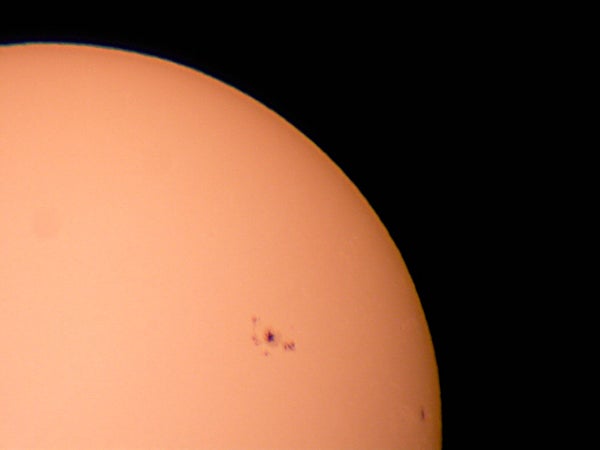On supporting science journalism
If you're enjoying this article, consider supporting our award-winning journalism by subscribing. By purchasing a subscription you are helping to ensure the future of impactful stories about the discoveries and ideas shaping our world today.
The sun's pockmarked surface is always shifting. Sunspots and solar flares rise and fall every 11 years, a cycle associated with regular reversal of the star's magnetic field. Huge quantities of plasma—known as coronal mass ejections—fly into space, which can disrupt satellites and other electronic signals if they reach Earth. More solar activity during the cycle also amplifies auroras and warms Earth's temperatures slightly. Yet careful study has shown that longer periodicities exist, too. The Gleissberg cycle, first identified in 1862, strengthens and weakens the 11-year cycle over the course of a century (shown in yellow). One paper posits that the Gleissberg pattern is caused by a slow swaying of the sun's magnetic pole. The Suess-DeVries cycle (green) lasts about 200 years, whereas the Hallstatt cycle (blue) runs on the order of 2,400 years. Still, the sun can also be erratic, making it tricky for physicists to predict future sunspots, says Alexei Pevtsov, an astronomer at the National Solar Observatory in Boulder, Colo.: “There's an element of randomness.”
.png?w=900)
Credit: Katie Peek; Sources: SILSO data, Royal Observatory of Belgium, Brussels; “Solar Activity Nine Millennia: A Consistent Multi-Proxy Reconstruction,” by Chi Ju Wu et al., in Astronomy & Astrophysics; April 4, 2018; Daguerreotype image of sun by Louis Fizeau (1845 image); Carnegie Institution of Washington (1947 image); Sunspot drawing from John of Worcester's chronicle of England (1128 image)
